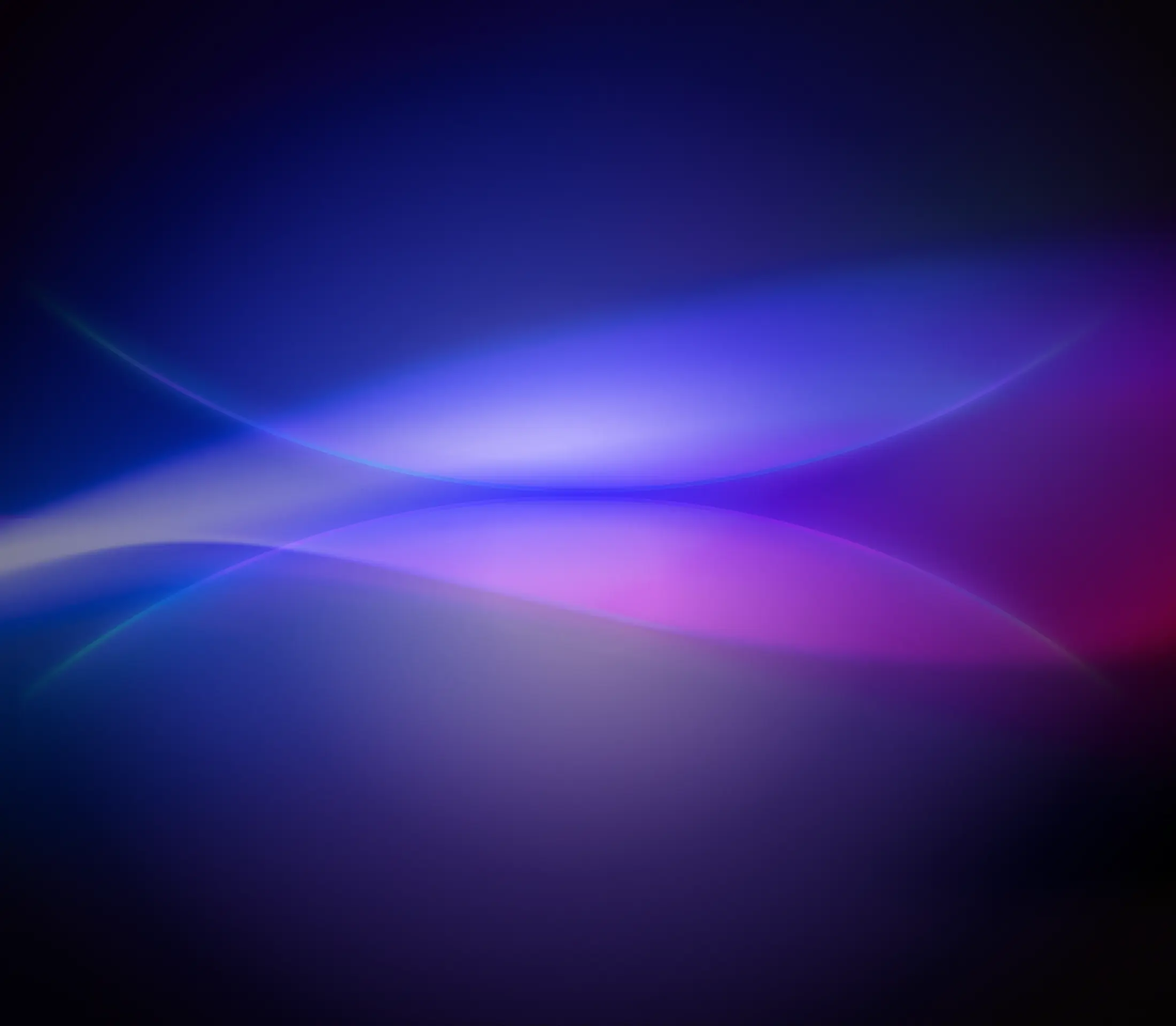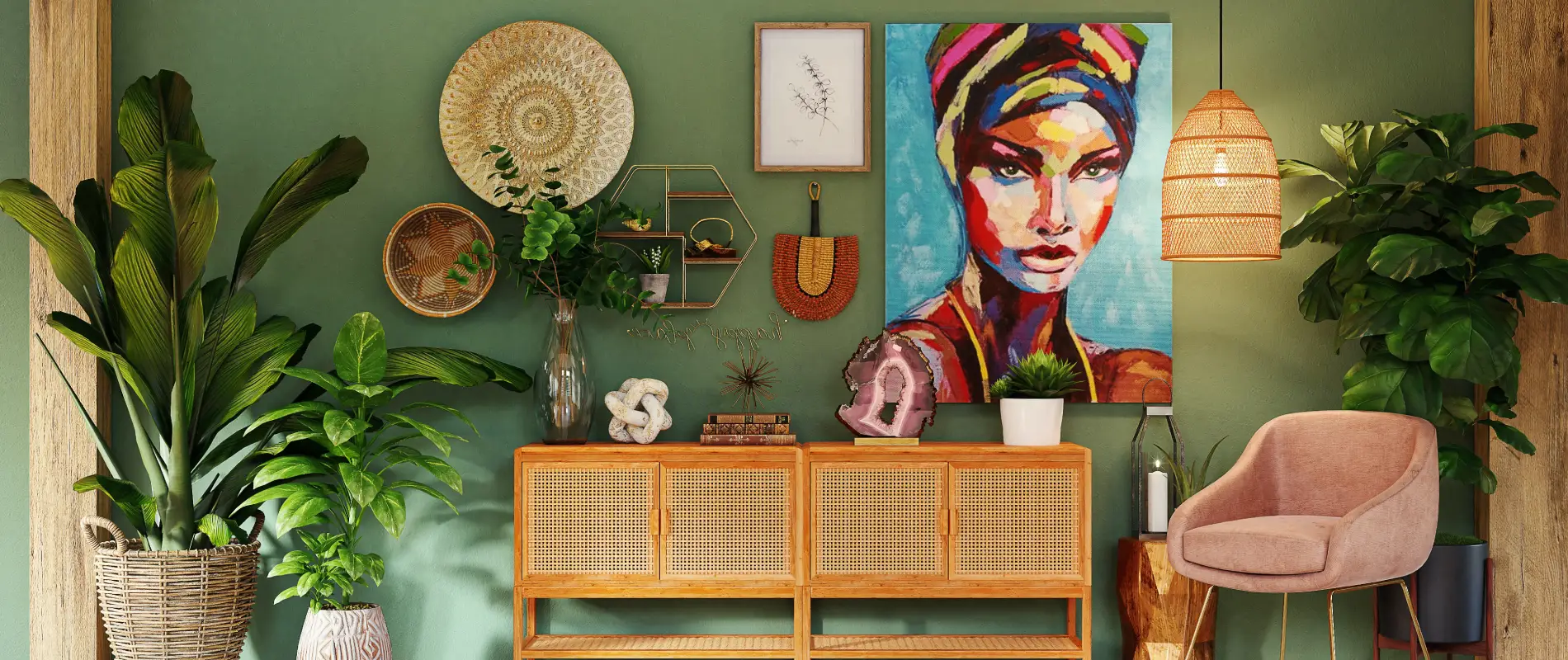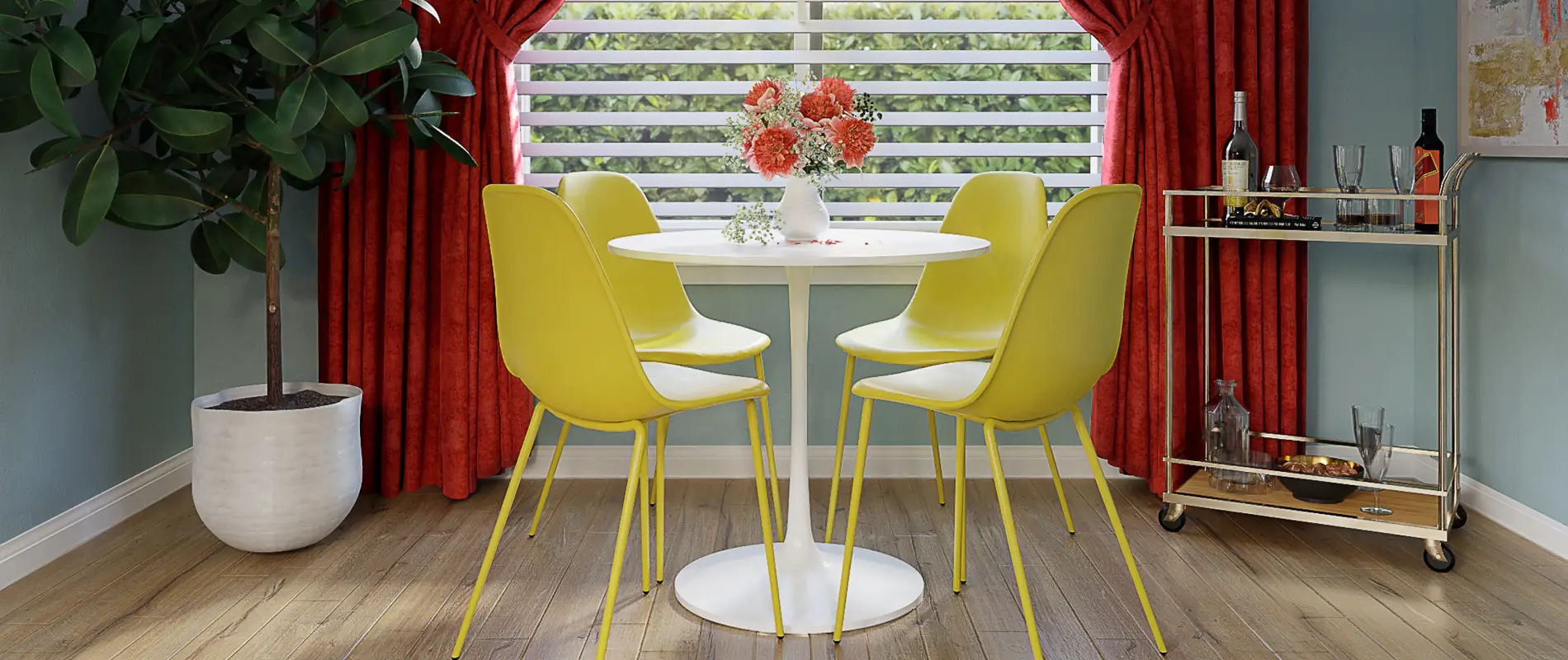Transform your WordPress content with stunning image layouts
Elevate the visual appeal of your WordPress website design by incorporating captivating image and text layouts. Imagine your page with a large, vivid photo of a swimming pool area on the left and engaging text on the right. This stylish asymmetrical design not only captures attention but also improves user experience, making it easier for visitors to follow the visual and textual flow.
Layout analysis
- Overall structure: This multi-column format separates visuals from text seamlessly, promoting clarity and engagement.
- Arrangement of rows and columns: A striking image sits on the left, while informative text resides on the right, ensuring balanced content distribution.
- Asymmetrical choices: By prioritising imagery, the design creates dynamic contrast between visuals and text.
Elements and features
- Visible elements:
- Left column: Features a stunning image of a pool area with lounge chairs and umbrellas, instantly captivating viewers.
- Right column: Presents text with headers and detailed descriptions, providing compelling insights.
- Interactive elements: A prominent “Book now” button encourages action.
- Typography: Modern, clean typography with larger titles and smaller body text enhances readability and appeal.
- Icons and graphical elements: The layout maintains simplicity, avoiding clutter with minimal icons for a clean visual experience.
- Image description: A landscape-oriented image emulates natural beauty, inviting relaxation.
Unique design aspects
- Standout design choices: Blending a stunning natural image with a sleek text layout captures and retains visitor attention.
- Responsive design elements: Optimised for responsiveness, this layout adjusts smoothly across devices.
- Accessibility considerations: Strong text contrast and larger fonts cater to readability for all users.
Overall design style
- Design style categorisation: A minimalist approach, focusing on natural beauty to foster relaxation.
- Visual hierarchy: Strategically guides users from the image to important content, prompting action via a call-to-action button.
- White space and balance: Effective use of white space offers a balanced feel, enhancing user experience.
10 ways to organise content in WordPress
1. Categories
Organising your content with categories allows your audience to find related posts easily on your WordPress website. This organisation method helps structure posts around key topics, ensuring users have a smooth navigation experience. Categories can reflect major themes or areas of interest, such as news, reviews, or tips, making it easier for users to browse through content that captures their interest.
2. Tags
Tags offer another way to classify content, but they are more specific than categories. They let users find content based on particular topics, which can enhance the reader’s experience by providing them with easy access to related posts. For example, if your blog covers travel, you might use tags like “adventure,” “budget,” or “luxury” to refine searchability.
3. Navigation menus
Effective navigation menus improve the user experience by simplifying site navigation. Menus can be tailored to showcase the most important sections of your site, guiding visitors effortlessly. To learn best practices about using dropdown menus, check out best practices for using dropdown menus.
4. Custom posts types
Custom post types help you create different types of content within your WordPress site beyond the standard posts and pages. Whether you’re running a restaurant site that needs a menu section or a store with product listings, custom post types ensure your content remains organised and easy to manage.
5. WordPress block patterns
Utilising WordPress block patterns allows you to structure your content elegantly. Predefined block layouts can be reused across various pages, ensuring aesthetic consistency.
6. Widgets
Widgets can display additional content or features on sidebars and other widget areas in your theme. They provide custom functionalities, such as recent posts, galleries, or a search bar, improving your site’s interactivity and user experience.
7. WordPress templates
Employ WordPress templates to manage different page formats for specialised content. From blog posts to static pages, templates allow you to style content uniquely while keeping branding consistent.
8. Sticky posts
Sticky posts enable you to keep selected posts at the top of your blog, ensuring visitors see them first when they land on your site. This feature helps highlight important announcements or evergreen content.
9. WordPress navigation menus
Use a comprehensive guide to create efficient submenus that enhance user experience. Explore in-depth insights here for a seamless experience.
10. Related posts
Implement related posts sections to keep readers engaged with similar content. This feature can increase the time users spend on your site, driving further interaction with your content through intelligently displayed related materials.
10 different types of content in WordPress
1. Blog posts
Blog posts remain a classic content form on a WordPress website. They offer a platform to share insights, news, or stories that engage audiences. Posts can vary in length and formats but remain a staple for building an online presence and boosting SEO.
2. Pages
Pages cater to static content needs, such as contact information, about us sections, or service descriptions. Unlike posts, they aren’t arranged by date, serving as timeless content crucial for site structure.
3. Galleries
Galleries allow you to showcase images professionally. Whether it’s a portfolio, event highlights, or a products showcase, galleries present visuals effectively and engagingly.
4. Landing pages
Landing pages serve specific purposes, usually linked with marketing campaigns. They focus on conversion with minimal distractions, directing visitors to engage with a call-to-action.
5. Testimonials
Testimonials provide social proof, enhancing credibility by featuring experiences from previous users or clients. These are essential for establishing trust and can be easily integrated into your WordPress site using custom post types or plugins.
6. Videos
Videos enrich your content strategy by offering alternative storytelling formats. They can leave lasting impressions on visitors, boosting engagement and improving site traffic.
7. FAQs
FAQs preempt user inquiries, providing clarity on common questions. They enhance user experience by offering quick, helpful guidance, potentially reducing the burden on support services.
8. Events
Highlight upcoming or past events with dedicated event posts or pages. Effective event content should include essential details like dates, locations, and registration information, encouraging user participation.
9. Reviews
Product or service reviews inform and guide user purchase decisions. Integrating well-written reviews can drive traffic as potential buyers seek out credible, detailed insights.
10. Podcasts
Podcasts offer a dynamic voice format for engaging content. They build an audience by providing diverse topics around user interests, easily distributed across platforms from your WordPress blog.
Conclusion
Implementing stunning image layouts with engaging text on your WordPress site can dramatically enhance its visual and functional appeal. Such designs invite users in with beautiful visuals and guide them through content smoothly, promoting relaxation and streamlined interaction. Whether you’re looking to incorporate images, streamline content organisation, or explore alternative layouts like Elementor Alternatives, remember that WordPress website builders offer various possibilities to customize your site effectively. Embrace these elements and watch your WordPress website design experience transformation!



